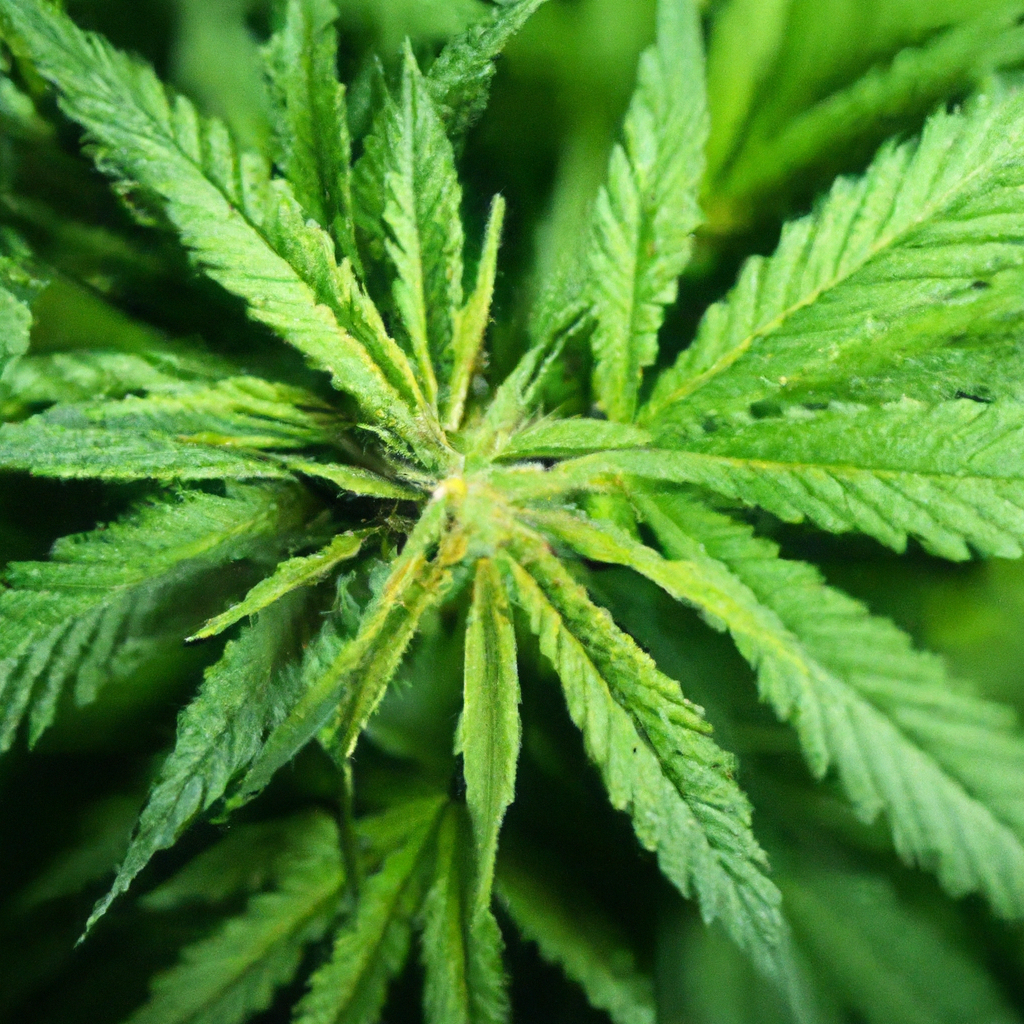In the rapidly evolving world of cannabis, understanding the complex interplay between plants, environment, and cultivation techniques is crucial. With over 30 years of experience, John “Magic” Greenleaf has been at the forefront of this green revolution, championing both sustainable practices and innovative cultivation methods. Today, we delve into the fascinating world of cannabis symbiosis and how it can revolutionize your growth strategy.
The Role of Symbiosis in Cannabis Cultivation
Symbiosis is a natural relationship between different species that live in close physical proximity. In cannabis cultivation, it refers to the beneficial interactions between cannabis plants and other organisms, which can enhance growth, resilience, and yield. By fostering these relationships, cultivators can create a more sustainable and effective growing environment.
Beneficial Relationships: The Magic of Mycorrhizae
One of the most powerful symbiotic relationships in cannabis growth involves mycorrhizae—naturally occurring fungi that colonize plant roots. By forming an extensive network, mycorrhizae increase root surface area, improving water and nutrient uptake. Cultivators like John Magic utilize mycorrhizae to enhance plant health, leading to robust growth and enriched cannabinoid and terpene profiles.
- Increased water and nutrient uptake.
- Improved resistance to environmental stressors.
- Enhanced soil structure and fertility.
Cultivating with Cover Crops
Another underutilized strategy is the use of cover crops. By planting legumes, clover, or grasses alongside cannabis, cultivators can harness nutrient cycling and improve soil health. Cover crops can fix atmospheric nitrogen, add organic matter to the soil, and suppress weeds, reducing the need for synthetic fertilizers and pesticides.
- Soil nitrogen fixation.
- Enhanced organic matter and moisture retention.
- Natural weed suppression and pest control.
Companion Planting: The Benefits of Biodiversity
In John’s practice, companion planting is a key element of sustainable growing. By strategically placing plants such as basil, marigold, or yarrow near cannabis, beneficial insects are attracted, while pests are deterred. This holistic approach not only protects cannabis plants but also contributes to a dynamic and balanced ecosystem.
- Basil: Repels pests with its aromatic oils.
- Marigold: Deters nematodes and whiteflies.
- Yarrow: Attracts pollinators and predatory insects.
Conclusion
Cultivators in the cannabis industry are consistently searching for ways to grow smarter and more sustainably. By understanding and leveraging the power of symbiotic relationships, you too can enhance your grow operation. As John Greenleaf often says, “Healthy roots, healthy buds, happy harvests.” Whether you’re an established grower or a budding enthusiast, exploring these natural partnerships can lead to healthier plants and better yields.
Incorporating symbiotic practices not only fosters a sustainable growing environment but aligns seamlessly with the ethos of modern cannabis cultivation. So, put this in your pipe and smoke it—a more balanced and productive grow awaits you!
For more insights from John “Magic” Greenleaf, visit MagicGreenGrow.com.


Leave a Reply